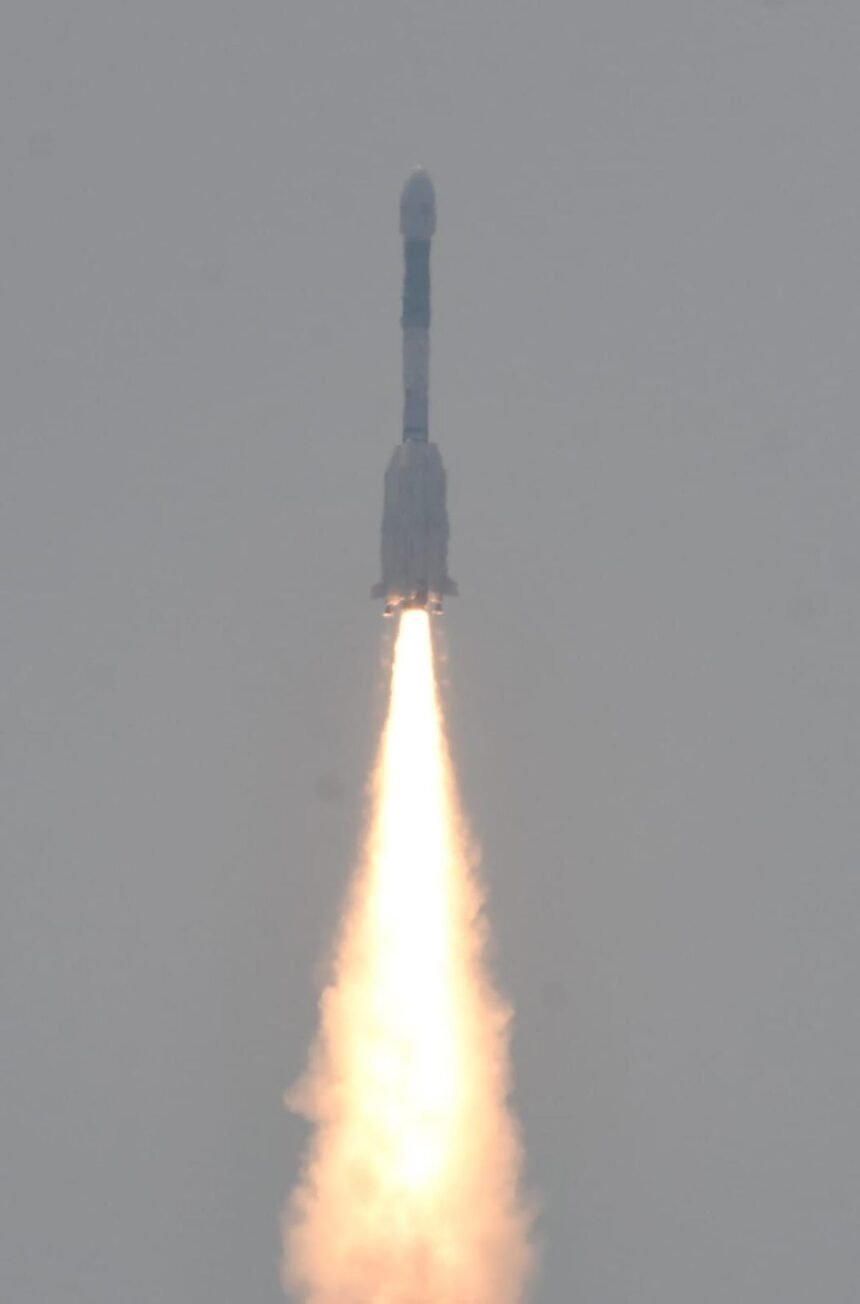The Indian Space Research Organisation (ISRO) achieved another milestone as it successfully launched the NVS-01, a second generation navigation satellite, into the Geosynchronous Transfer Orbit (GTO). The GSLV-F12 rocket, equipped with a cryogenic upper stage, was launched from Sriharikota’s Satish Dhawan Space Centre SHAR.
Following a 27.5-hour countdown, the GSLV rocket lifted off from the second launch pad at the predetermined time of 10.42 a.m. During its 20-minute flight, the rocket deployed the 2,232 kg NVS-01 satellite into the intended GTO at an altitude of approximately 251 km.
Notably, the NVS-01 carried navigation payloads in the L1, L5, and S bands, and it featured an indigenous atomic clock for the first time. The atomic clock, developed by the Ahmedabad-based Space Applications Centre, holds significance as it is a technology possessed by only a few countries.
ISRO stated that subsequent orbit-raising maneuvers will guide the NVS-01 satellite to its intended Geosynchronous orbit. This mission marks the 6th operational flight of GSLV with an indigenous cryogenic stage, showcasing ISRO’s progress in space exploration.
The NavIC system, developed by ISRO, aims to fulfill India’s positioning, navigation, and timing requirements for both civil aviation and military purposes. The L1 navigation band, present in the NVS-01, is known for providing position, navigation, and timing services for civilian users and enabling compatibility with other global navigation satellite systems.
ISRO’s successful placement of the NVS-01 satellite underscores India’s advancements in space technology and its commitment to expanding its capabilities in the navigation domain.






